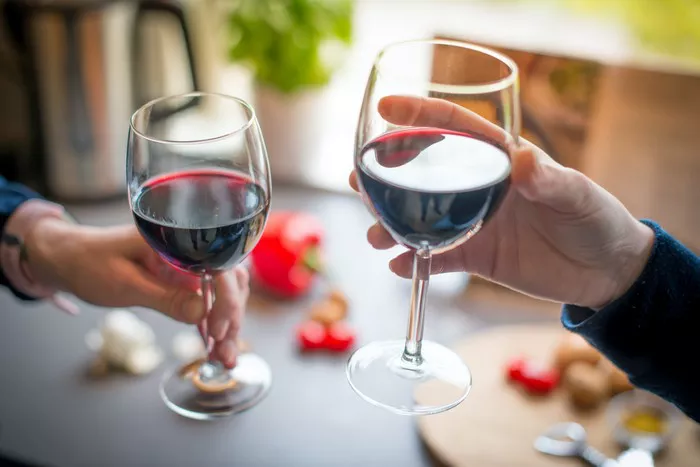Sauvignon Blanc, with its crisp acidity and vibrant flavors, has become a beloved choice among wine enthusiasts worldwide. However, for those who are health-conscious or watching their calorie intake, understanding the caloric content of this popular varietal is essential. In this article, we delve into the question: how many calories in a bottle of Sauv Blanc?
Understanding Sauvignon Blanc
Before delving into the calorie content, it’s crucial to have a basic understanding of Sauvignon Blanc. This white wine varietal originates from the Bordeaux region of France and is now cultivated in various wine-growing regions globally. Sauv Blanc is renowned for its refreshing acidity, aromatic profile, and versatility in pairing with a wide range of foods.
Caloric Content of Sauv Blanc: Factors at Play
Determining the precise caloric content of a bottle of Sauvignon Blanc involves considering several factors. Firstly, the alcohol by volume (ABV) percentage significantly influences the calorie count. Generally, the higher the ABV, the more calories the wine will contain. Additionally, residual sugar content and any added ingredients can impact the overall caloric value.
Alcohol by Volume (ABV) and Caloric Content
Alcohol contributes a significant portion of the calories in wine. On average, each gram of alcohol provides approximately seven calories. Therefore, wines with higher ABV percentages will inherently contain more calories. Sauvignon Blanc typically has an ABV ranging from 11% to 13%, though this can vary depending on the winemaker’s style and the region of production.
Residual Sugar and Caloric Impact
Residual sugar, often abbreviated as RS, refers to the natural sugars remaining in the wine after fermentation. Wines labeled as “dry” have minimal residual sugar, while those labeled as “off-dry” or “sweet” contain higher levels. The presence of residual sugar increases the wine’s caloric content, as sugar contributes additional calories beyond those derived from alcohol.
See Also: sancerre wine taste
Understanding Serving Sizes
To accurately assess the caloric impact of Sauvignon Blanc consumption, it’s essential to consider serving sizes. A standard serving of wine is typically defined as 5 ounces (148 milliliters). However, serving sizes can vary depending on individual preferences and pour sizes. It’s crucial to be mindful of portion sizes to gauge calorie intake accurately.
Caloric Comparison: Sauv Blanc vs. Other Wines
Comparing the caloric content of Sauvignon Blanc to other wine varietals provides valuable insight into its relative impact on one’s diet. Generally, Sauv Blanc falls within the lower to moderate range of calorie counts among white wines. For example, a 5-ounce serving of Sauv Blanc typically contains fewer calories than a comparable serving of Chardonnay or Viognier.
Making Informed Choices
For individuals monitoring their calorie intake, understanding the caloric content of Sauvignon Blanc enables them to make informed choices regarding consumption. Opting for lower ABV wines or those labeled as “dry” can help reduce calorie intake without sacrificing enjoyment. Additionally, practicing portion control and mindful drinking habits can further support dietary goals.
The Importance of Moderation
While understanding the caloric content of Sauvignon Blanc is essential, it’s equally crucial to emphasize moderation in consumption. Excessive alcohol intake can have adverse effects on health, including weight gain, liver damage, and increased risk of chronic diseases. Enjoying Sauv Blanc in moderation as part of a balanced lifestyle is key to reaping its potential health benefits while minimizing risks.
Conclusion
In conclusion, the caloric content of a bottle of Sauvignon Blanc varies depending on factors such as alcohol by volume, residual sugar, and serving size. By understanding these factors and practicing moderation in consumption, individuals can incorporate Sauv Blanc into their lifestyle while managing their calorie intake effectively. Ultimately, enjoying wine, including Sauvignon Blanc, should be a pleasurable and mindful experience that enhances overall well-being.


